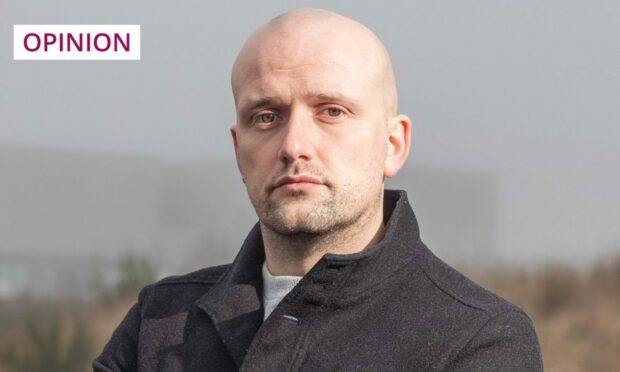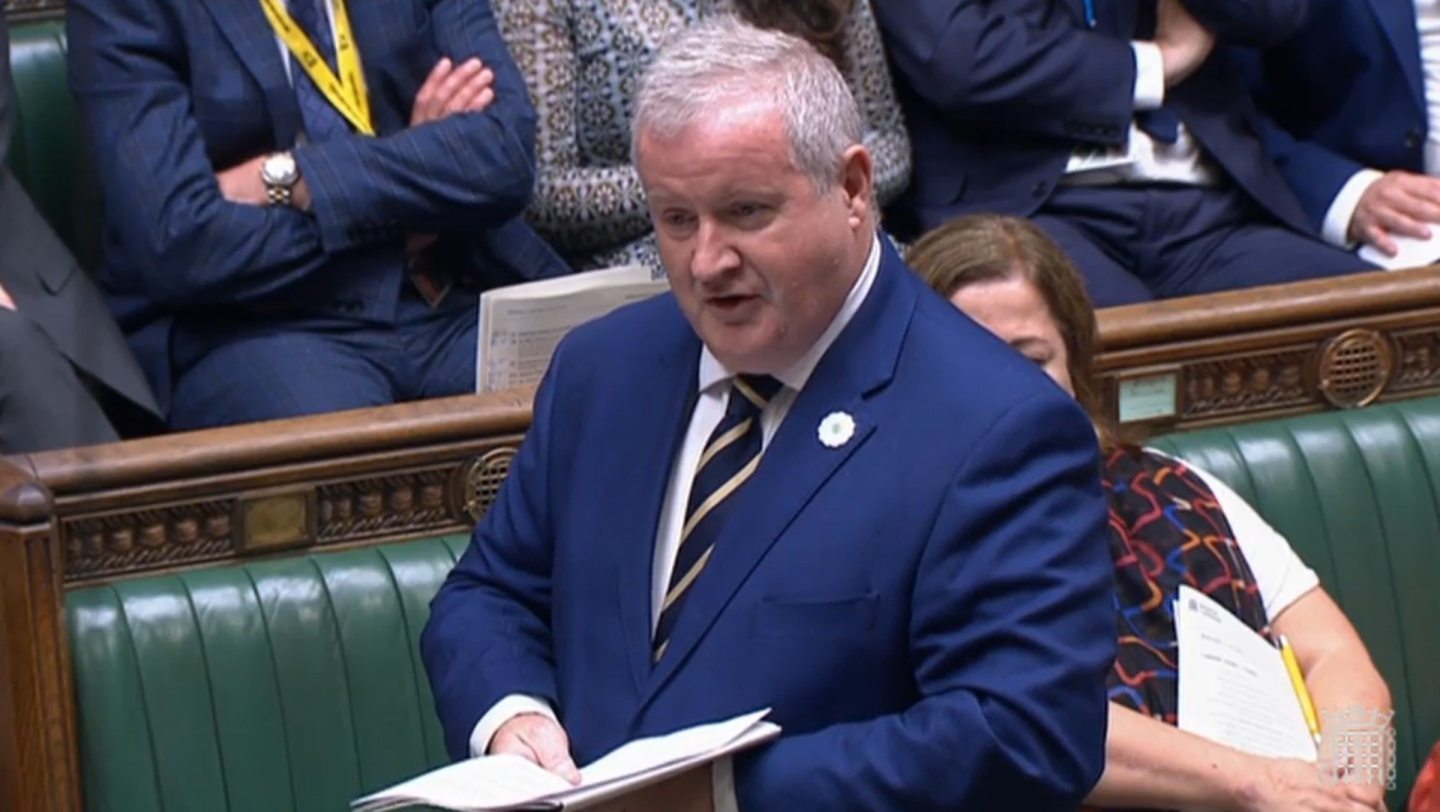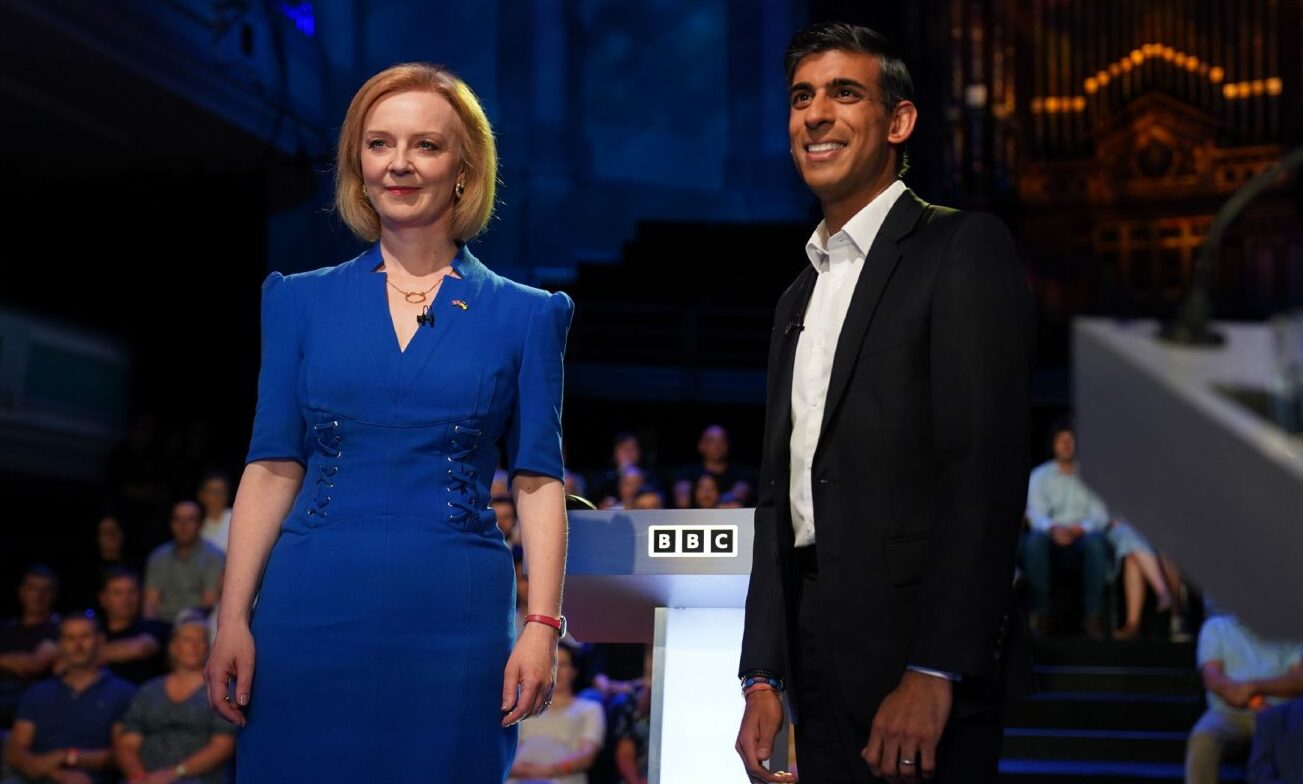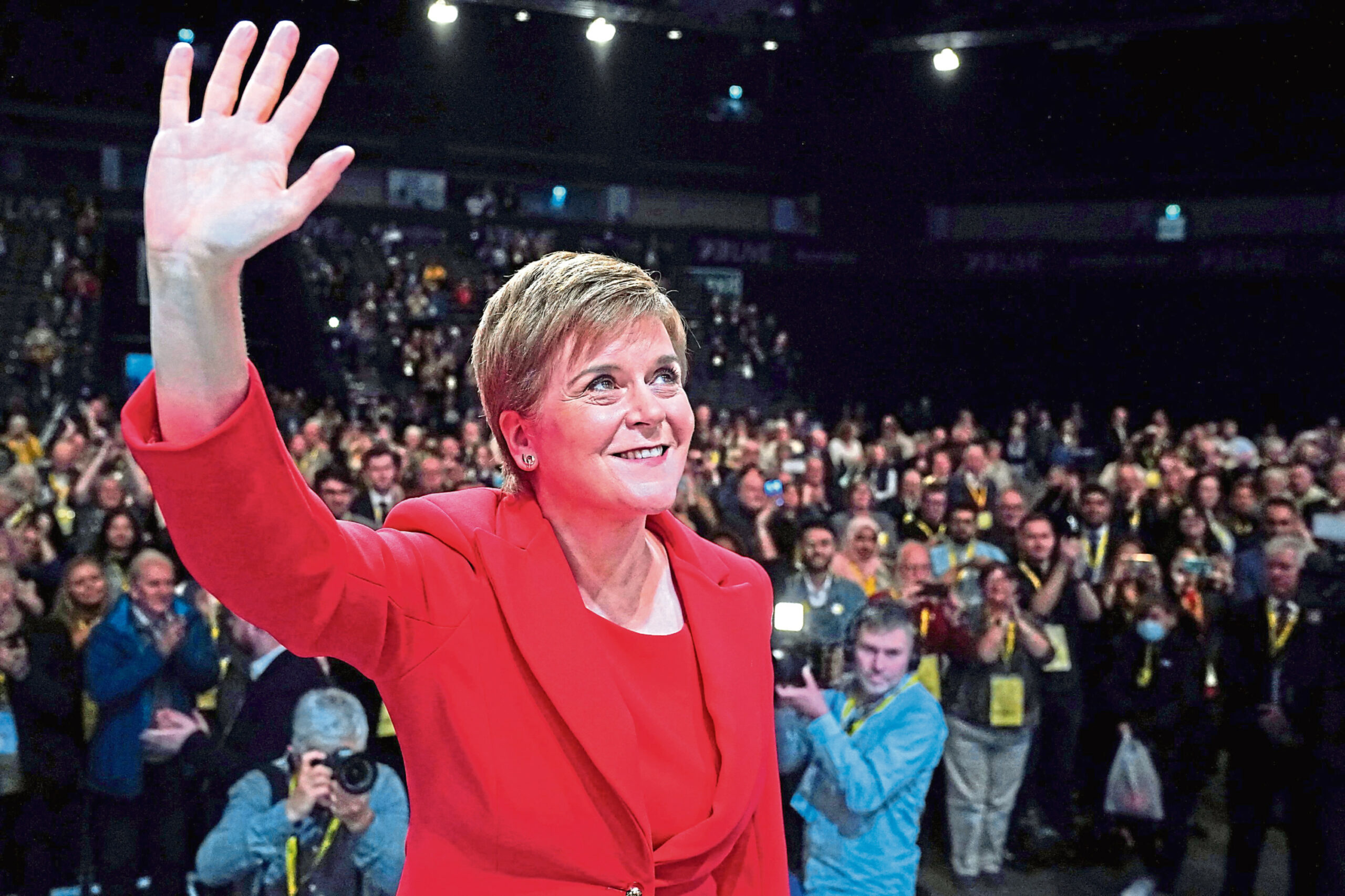Contrary to criticism, the SNP has changed its Westminster leader at the perfect time and in as orderly a fashion as possible, writes James Millar.
When Stephen Flynn rises for his second shot at Prime Minister’s Questions this week, hopefully he’ll keep his hand out of his pocket. That’s the only note following his debut as the SNP’s Westminster leader last week.
Where his predecessor, Ian Blackford, favoured the waistcoat-wearing look of everyone’s favourite Rotarian, Flynn’s more louche demeanour gave off the air of someone auditioning for a part in one of those Rat Pack at Christmas shows that pop up in provincial theatres at this time of year.
Flynn’s contribution last week was every bit as smooth as Sinatra singing Santa Claus Is Coming to Town.
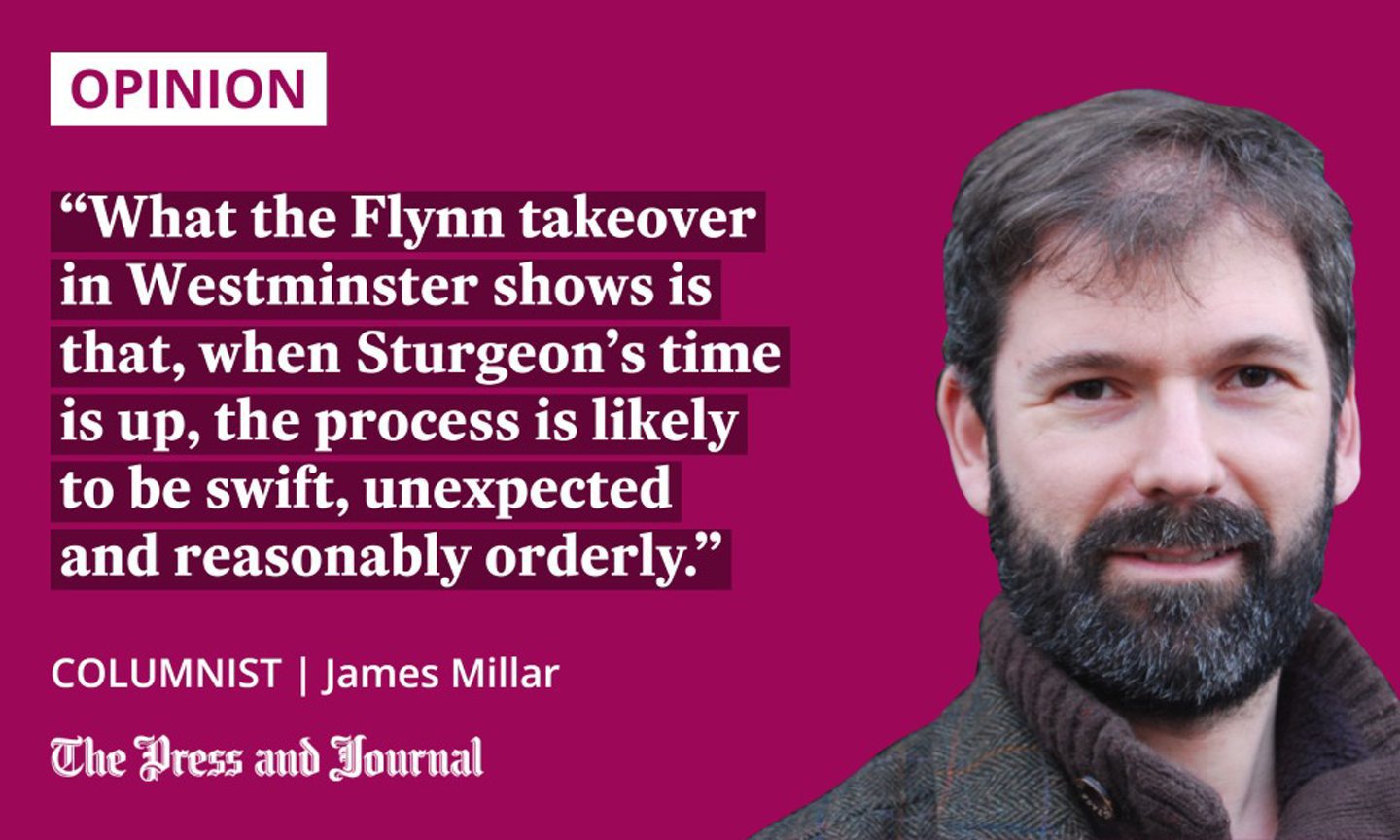
He asked Prime Minister Rishi Sunak: “What does he consider to be the greatest achievement of the Conservative Party in government since 2019: leaving the single market and customs union, ending freedom of movement, denying Scotland her democracy, or getting the Labour Party to agree with all the above?”
It’s a question that hits all the obvious SNP sweet spots around Brexit and independence, and also cleverly ties Labour in with the Tories as a common drag on Scotland’s destiny.
But, from a Westminster-watcher point of view, it immediately justified the coup that Flynn led to depose Blackford just a day earlier.
Blackford had a style from which he did not veer, combining a sort of moral outrage with a verbosity that always threatened to – and occasionally did – dip into pomposity. There wasn’t anything inherently wrong with that approach, but, after five years, a change was not unwelcome.
And that is really all that lay behind the changeover in Westminster leader.
Leadership changeover was handled well
You don’t have to look far among commentators in Westminster or Scotland to find someone screeching that the putsch that bumped Blackford is the beginning of the end for Nicola Sturgeon; a vital hinge moment that marks the end of her party hegemony.
When Labour, and particularly the Tories in 2022, change leader, it is always dramatic and usually shambolic
Surely, Sturgeon must have been furious to find that, out of nowhere, she has a revitalised SNP group of MPs and a set of headlines acknowledging that their new leader is a sharp talent?
The trouble with the Westminster bubble is that it is fuelled by gossip and intrigue, and ill-adapted to handle novelty.
When Labour, and particularly the Tories in 2022, change leader, it is always dramatic and usually shambolic. In contrast, the SNP has changed its leader at the perfect time – 18 months out from the next general election – and in as orderly a fashion as possible. Many of the smiles were forced in the awkward family photo of SNP MPs that followed the AGM that installed Flynn. But, they stood together and smiled all the same.
When a new Conservative or Labour leader is announced, you can guarantee some of their MPs will be straight off to plot and/or send a catty WhatsApp to a friendly journalist. No such behaviour from the SNP.
SNP never forgets its cause
The Westminster commentariat fundamentally misread the switch of SNP leader, though they were entirely justified in asking the question around what it means for Nicola Sturgeon.
Ian Blackford was a closer ally than Stephen Flynn. But, bear in mind, the Nats all believe in the same, single cause; they never forget that more unites than divides them as a party.
And, the salient point too often overlooked in the commentary is that, whether you wish to take or leave independence, you cannot deny that Nicola Sturgeon remains the most electorally successful and politically competent operator in the UK. That gives her spades of confidence in her position, her politics, and even her tactics, despite the Supreme Court decision that only the UK parliament can legislate for a second indyref.
Compare and contrast her ability to project poise and positivity in the face of legislative and judicial potholes with the panic attack such complications induced in Theresa May during the post Brexit hoo-ha.
Formidable organisers and operators
Sturgeon has been in and around power for 15 years, and remains undimmed and unchallenged. It is remarkable, even literally incredible, but, nonetheless, true.
Of course, she can’t go on forever. And what the Flynn takeover in Westminster shows is that, when Sturgeon’s time is up, the process is likely to be swift, unexpected and reasonably orderly. It’ll be driven by good governance, not the whims of political drama.
A fortnight ago, there was no clear contender to replace Sturgeon as first minister. Flynn has leapt into the mix.
Congratulations to new @theSNP Westminster leader @StephenFlynnSNP and deputy leader @MhairiBlack – a truly formidable team. Looking forward to working with them both.
— Nicola Sturgeon (@NicolaSturgeon) December 6, 2022
There’s no obvious route from Westminster to Bute House, due to the difference in legislatures. But, that path has been trod by Alex Salmond, albeit in different circumstances, and Flynn could yet find a way.
The SNP cause is divisive; its tactics and policies are fair game for discussion and debate. But, Stephen Flynn’s ascent shows, yet again, that the party’s members remain formidable organisers and operators, and that they retain the ability to confound Westminster convention.
James Millar is a political commentator, author and a former Westminster correspondent for The Sunday Post
